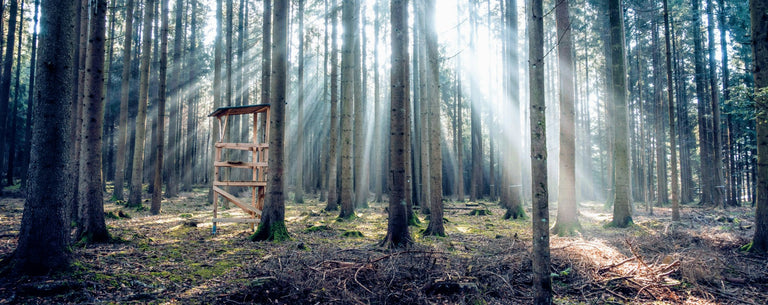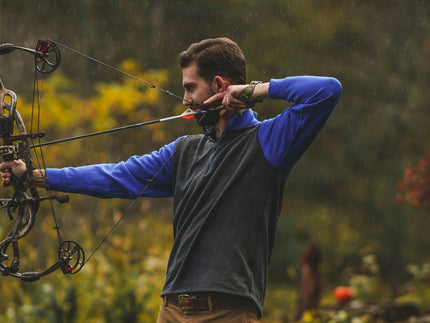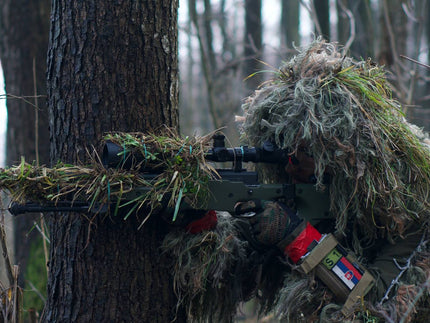Understanding Tree Stand Types:
Tree stands come in various types, each catering to different hunting styles and preferences. The three primary types are:
1. Hang-On Tree Stands: Hang-on tree stands are lightweight and versatile, offering hunters the flexibility to place them on various trees. They typically consist of a platform and a separate seat, providing comfort during long hours of hunting.
2. Climbing Tree Stands: Climbing tree stands are designed for mobility, allowing hunters to ascend and descend trees quickly and quietly. These stands feature climbing aids or mechanisms that enable hunters to adjust their position as needed.
3. Ladder Tree Stands: Ladder tree stands provide stability and ease of access, making them suitable for hunters who prefer comfort and convenience. They consist of a ladder-like structure attached to a platform and seat, offering a secure hunting perch.
Factors to Consider When Choosing a Tree Stand:
1. Safety: Safety should always be a top priority when selecting a tree stand. Look for stands that meet industry safety standards, feature sturdy construction, and include safety harnesses or straps to prevent falls.
2. Weight Capacity: Consider the weight capacity of the tree stand to ensure it can accommodate your body weight and any additional gear you may be carrying. Overloading a tree stand can compromise safety and stability.
3. Portability: If you plan to hunt in remote or rugged terrain, opt for a lightweight and portable tree stand that is easy to transport and set up. Look for models with compact designs and carrying straps for hassle-free transportation.
4. Comfort: Comfort is essential for long hours of hunting. Choose a tree stand with a spacious platform and a padded seat or cushioned backrest to minimize fatigue and discomfort during extended hunts.
5. Concealment: Select a tree stand with a camouflage finish or natural coloration to blend seamlessly with the surrounding environment. Effective concealment can help minimize detection by game animals.
6. Durability: Invest in a durable and weather-resistant tree stand constructed from high-quality materials such as steel or aluminum. A sturdy construction ensures longevity and reliability, even in harsh outdoor conditions.
7. Height and Visibility: Consider the height of the tree stand and its impact on visibility and shooting angles. Choose a stand that provides optimal vantage points while maintaining concealment and safety.
8. Noise Level: Look for tree stands with quiet attachment mechanisms and minimal metal-to-metal contact to reduce noise and avoid spooking game animals. Silent operation is crucial for maintaining stealth and avoiding detection.
9. Tree Compatibility: Ensure that the tree stand is compatible with the types of trees commonly found in your hunting area. Some stands may require specific tree diameters or configurations for secure attachment.
10. Additional Features: Consider additional features such as shooting rails, accessory hooks, and gear storage compartments that enhance convenience and functionality during hunts.
Conclusion:
Choosing the best tree stand for your hunting adventures requires careful consideration of factors such as safety, comfort, portability, and durability. By understanding the different types of tree stands and evaluating key features, you can select a stand that meets your specific hunting needs and enhances your overall hunting experience. Remember to prioritize safety at all times and adhere to proper usage and installation guidelines for a successful and enjoyable hunt from the treetops.





